THE SPANIARDS INN
HAMPSTEAD HEATH
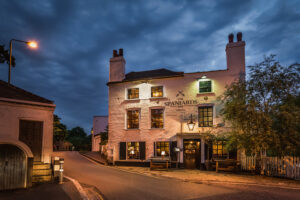
www.caughtinpixels.com
Spaniards Road – London
Louisa Cornell
The Spaniards Inn was built around 1585. The tavern formed the entrance to the Bishop of London’s estate and there is even a boundary stone from 1755 that can still be seen in the pub’s garden. The toll house opposite the tavern was built in 1710. The lane between the two buildings forms the perfect toll road and it served as the last toll booth leading into London for hundreds of years.
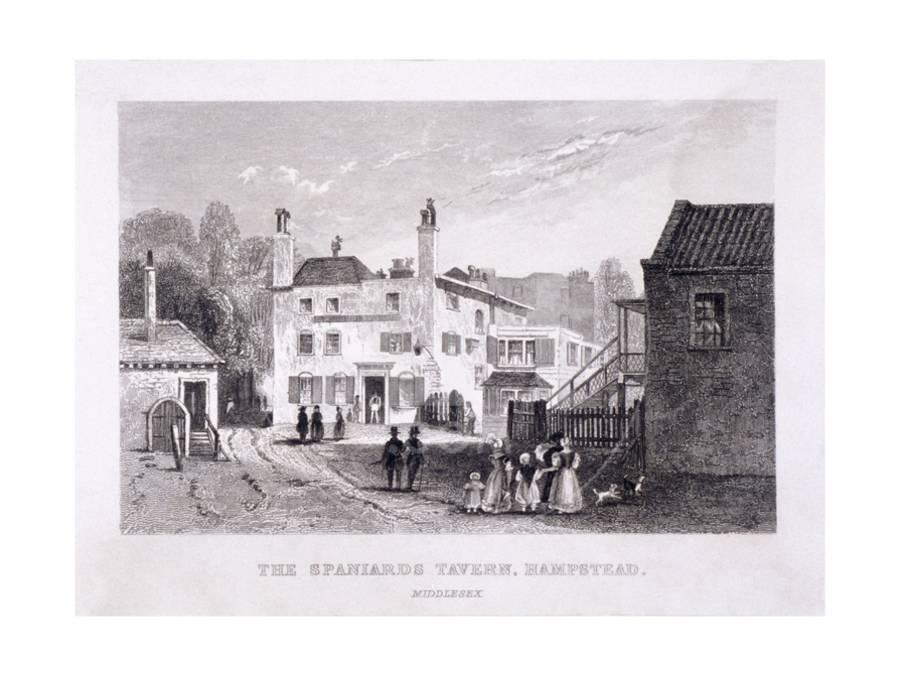
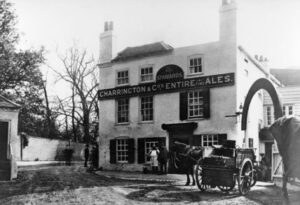
Originally an inn in addition to a tavern, there are a few theories as to how the establishment got its name. One theory is that the inn was named after a Spanish ambassador reputed to have an almost hypnotic control over King James I. The ambassador is said to have stayed at the inn to avoid the plague in London during a number of years of James I’s reign.
The other popular theory about the inn’s name has to do with two of its earliest landlords, Spanish brothers Juan and Francesco Porero. There is an even more logical tie connecting the inn’s name to these two proprietors. Apparently Juan and Francesco both fell in love with the same woman. It ended badly, as these things so often do. The brothers fought a duel, which resulted in Juan’s burial in what is now the pub’s beer garden.
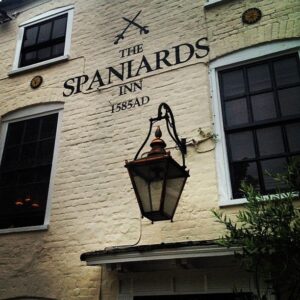
The Spaniards Inn was a two hours drive by coach from London. That drive was across Hampstead Heath, a lonely open area frequented by highwaymen. It is said the Spaniards Inn was the perfect place for these gentlemen of the road to watch out for wealthy travelers to rob. Records from Old Bailey show numerous arrests of men who plied the highwayman’s trade between the Spaniards Inn and London. On 16 October, 1751 one Samuel Bacon was indicted for robbery on the King’s Highway after he was caught less than two hundred yards from the inn. There was even a tree (gone now) at the end of the road where highwaymen were hanged and left as a warning to others of their ilk.
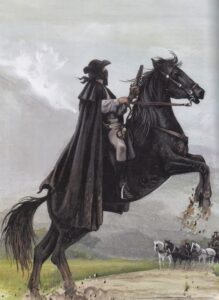
Of course the most famous highwayman associated with the Spaniards Inn is one Richard Turpin (1705 – 7 April, 1739.) His father was rumored to be the landlord at the Spaniards and many say Dick Turpin was born there, though it was more likely he was born in Essex. He did, however, spend a great deal of time at the inn, watching for coaches to rob. It is said he stabled his favorite horse, Black Bess, at the toll keeper’s cottage. There is still a horse trough at the cottage to this day.
The Spaniards Inn definitely played a part in saving Lord Mansfield’s Kenwood House during the Gordon Riots in 1780. Prior to 1780 the rights of Catholics to move freely or to participate in other aspects of British life, such as joining the army, were restricted. In 1780 these restrictions were relaxed. Protestants in Britain reacted badly to these new laws and showed their displeasure in the time-honored practice of riots and ransacking the homes of the wealthy.

Kenwood House is located across Hampstead Heath from the Spaniards Inn. When the rioters came for Lord Mansfield’s home, the inn’s landlord, Giles Thomas, thwarted their blood lust with a rather interesting tactic. He offered them free booze. He persuaded the mob to quench their thirsts before continuing their rampage and whilst they did he sent for the Horse Guards. The militia showed up and convinced the now inebriated mob to lay down their weapons and go back to London.

The Spaniards Inn was a popular spot for London’s creative artists during the nineteenth century. John Keats (1795-1821) is said to have enjoyed an ale or two in the inn’s gardens. Rumor has it he wrote Ode to a Nightingale there, although it is more likely he wrote it at his house a mere mile and a half away. 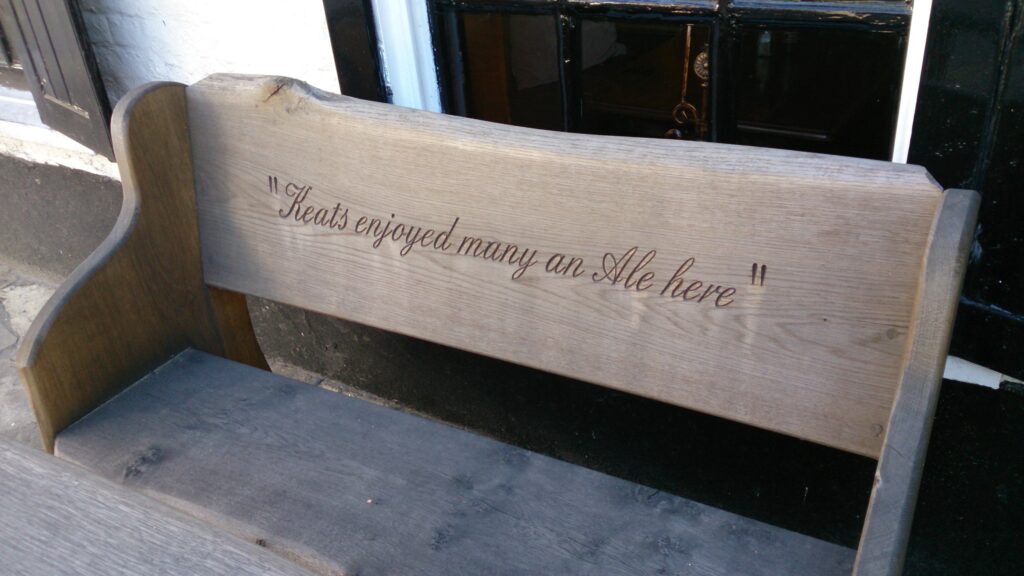
Robert Louis Stevenson (1850-1894) frequented the tavern and sometimes stayed at the inn. George Gordon, Lord Byron (1788-1824) is said to have visited the tavern with his friends, like Mary Shelley (1797-1851,) on his way to and from London. William Hogarth (1697-1764) stopped at the inn for food and drink when he visited the Heath. Sir Joshua Reynolds (1723-1792) and John Constable (1776-1837) spent time at the Spaniards after wandering the Heath and enjoying the inspiring views of London from the area.
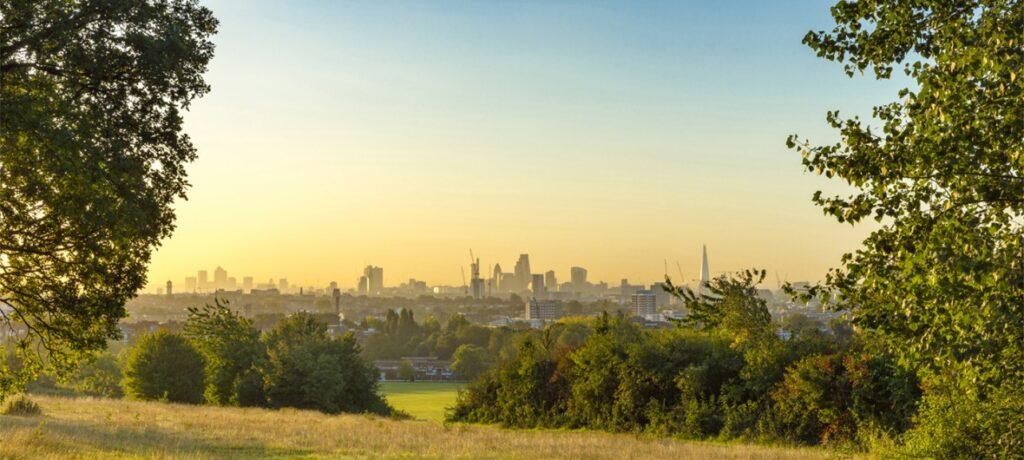
The Spaniards Inn also makes an appearance in Charles Dickens’s Pickwick Papers and in Bram Stoker’s Dracula. In fact, Stoker is said to have pilfered one of the inn’s ghost stories for part of the plot of Dracula.
Ghost stories, you say?
Why yes, there are several associated with the Spaniards. One is cautioned not to walk across the Heath from Kenwood House to the inn, especially at night, as one might be overtaken by Dick Turpin and Black Bess as they race for their favorite safe house. Sometimes, if one stands in front of the inn late at night and listens carefully one will Black Bess’s hoof beats on the road. Some even claim to have seen her in the car park on moonlit nights. Of course, the ghost of Juan Porero, killed by his brother in a duel over a woman and buried in the inn’s garden, is said to haunt the tavern as well. The ghost of a devious local money lender named Black Dick, run down by a coach in the inn yard, is said to tug the sleeves of patrons drinking at the bar. And a woman in a flowing white gown is said to have been seen crossing Hampstead Heath to come to the inn in search of her lover, a highwayman who never arrived for their last assignation.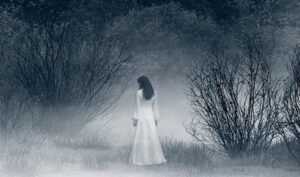
Today the interior of the Spaniards Inn is very much as it was in the days of Dick Turpin.
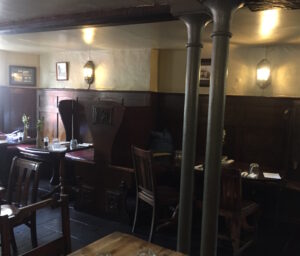
The food is outstanding, especially the Sunday roast. But be forewarned, make reservations well ahead of your selected Sunday or you may be relegated to a table in the beer garden as Kristine Hughes Patrone, Andrea Stein, Sandra Mettler and I were one rainy Sunday afternoon. We saw no ghosts, but enjoyed a fantastic Sunday roast with all of the trimmings before going on to visit Kenwood House and to stop and gaze across Hampstead Heath at the view of London in the distance.

Next time we’ll venture out further onto the Heath in the hope of meeting a dashing highwayman or two. One never knows!